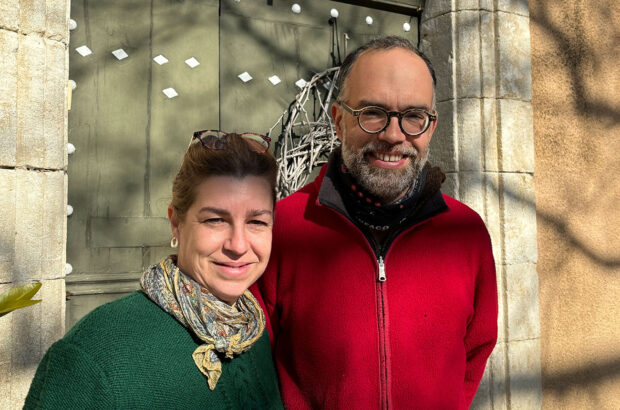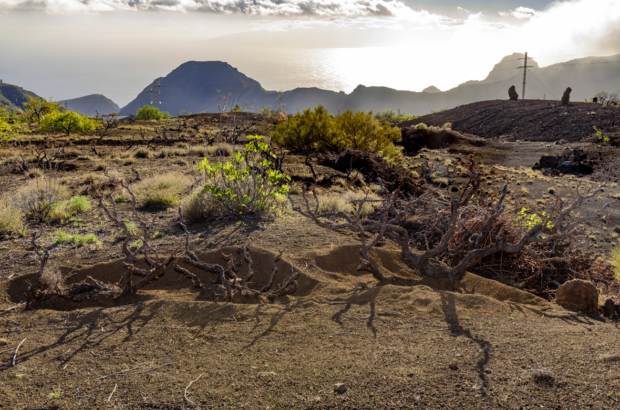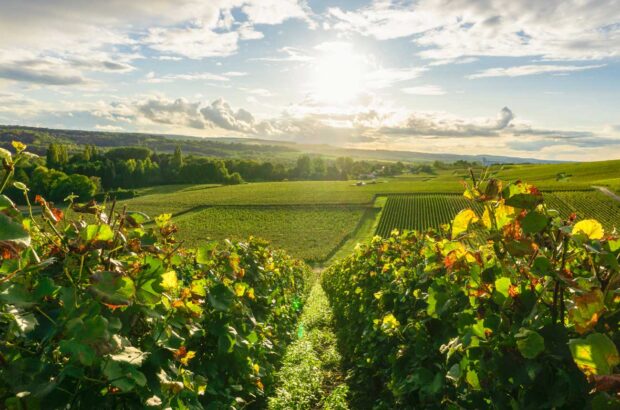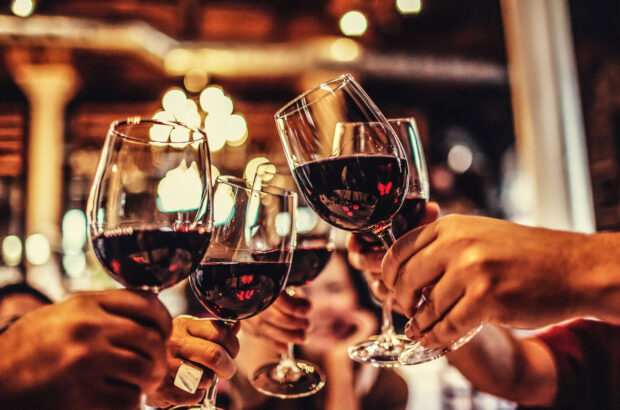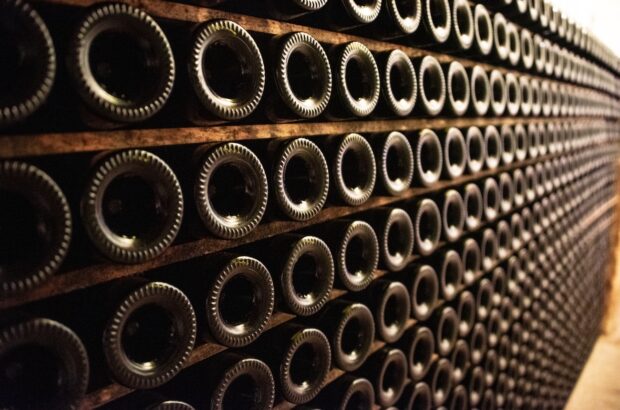The STS-51-G Discovery shuttle took off from the Kennedy Space Centre in Florida at 7.33am on June 17, 1985, pretty much 30 years ago to the day. It returned to land one week later at 9.12am on June 24, at the Edwards Air Force Base in California.
Present at the launch was an assortment of scientists, politicians and celebrities including Gene Roddenberry, creator of Star Trek. And Jean-Michel Cazes, owner of Château Lynch Bages, who was there to watch as the 1975 vintage of his Pauillac estate became the first, and to date last, wine to make the long journey into outer space.
The Discovery mission was the first French-American collaboration, the 18th flight of NASA’s space shuttle programme and the fifth of the space shuttle Discovery. On board was Sultan bin Salman al Saud of Saudi Arabia, a 28-year-old prince and trained pilot, the first member of a royal family to fly into space (his father Salman bin Abdulaziz became King Salman in January 2015).
Alongside the prince, sat in seat S6 on the middeck, was Patrick Baudry, a 29-year old Frenchman. Both were flying as a payload specialists, a term that refers to a technical expert, usually a scientist, on board to check that the weight of any cargo meets safety requirements. On this particular mission the cargo included three communication satellites, as well as a carrier module that was to be launched from the shuttle to carry out various astronomy experiments, and a tracking device for America’s Strategic Defense Initiative, or Star Wars as it was popularly known.
Besides its scientific and commercial objectives (one of the satellites was owned by AT&T), this particular Discovery mission was, by all accounts, an unusually gourmet flight. Astronauts would typically eat food that they had selected before departure from NASA’s space shuttle menu, to be packed and colour-coded with each person’s assigned colour. The French influence was ringing out loud and clear in Baudry’s choices – jugged hare, langoustine, crab mousse, Cantal cheese and chocolate mousse. Taking patriotism just as far as he could, he wore a beret as he climbed on board the shuttle. The half-bottle of Lynch Bages 1975 was carefully stored among his personal items.
‘This was not just about science,’ Jean-Michel Cazes tells me as meet up in Bages village this week to talk about the altogether improbable events of 30 years ago. ‘It was about symbolism. He wanted to take items that were reflective of the glory of France.’
Baudry himself says that he knew the American astronauts were discussing taking Coca-Cola up into space, so he wanted to make a stand for France’s own national drink; wine.
‘It nearly didn’t happen,’ says Cazes. ‘But not because of NASA. It was the French government who initially disapproved. They wanted to concentrate on showing France’s technological and engineering prowess instead of wine and perfume’.
The idea of Lynch Bages making it to the stratosphere started in November 1984. Cazes was sitting in the office of his Pauillac château when the phone rang. On the other end was friend and fashion designer André Courrèges, who got straight to the point.
‘Are you interested in sending your wine to the moon?’
Courrèges told him that he knew of an astronaut called Patrick Baudry, who had been at school in Bordeaux and who wanted to take a local wine up into space with him. Perhaps doubting the likelihood of it really happening, the official Bordeaux wine associations had not been too helpful, but a journalist had recommended speaking to Jean-Michel Cazes. He could hardly have picked a more appropriate person. Cazes didn’t just agree to the idea, he ran with it.
‘Once we had met up in Pauillac, things started moving quickly, at least until the French government put up obstacles. I started thinking about alternative ways to get Lynch Bages on the shuttle. Walkman cassette players were allowed, so I experimented with little plastic pouches that would fit inside the tape-deck’.
Eventually Baudry called and said NASA had given the green light to bring a half bottle of wine, along with a vine leaf (‘I looked all over Pauillac but it was November and the only vine I could find still with leaves on belonged to Mouton Rothschild’), and ten small vials of the 1983 vintage, still in barrel at the time, to be given as souvenirs to the crew. The wine had to remain unopened, and Cazes had to sign a declaration assuring that he would make no commercial gain or advertising surrounding Lynch Bages’ inclusion (‘no Cuvée de l’Espace’).
He stuck to the agreement, which is why so little has been written about this extraordinary episode. After an initial flight scheduled for February was cancelled, lift off for a new mission was set for June 17, the first day of the Vinexpo wine fair back in Bordeaux (rather neatly true for the 30th anniversary also).
Cazes, in Florida at Cap Canaveral with his wife and children, called colleagues back in Bordeaux as soon as the shuttle had taken off. They released the news to journalists at the wine fair, saying simply that a Bordeaux wine was on the space shuttle, but not that it was Lynch Bages.
You can’t of course keep such a good story down, and the true identity of the wine was an open secret in Bordeaux. The entire team of Discovery astronauts made a trip to Pauillac in the months that followed the mission, landing in a fleet of helicopters at the local sports stadium and being feted with a ceremony and dinner. And four years later, when Lynch Bages hosted the traditional Fête de la Fleur evening for the closing day of another Vinexpo fair, Cazes organised a stunning theatrical homage to the entire episode. But outside of Bordeaux, very few people ever talked about it.
Mission 51-G was considered one of the most successful in the entire space programme. ‘It was a fantastic flight,’ said shuttle director Jesse W Moore at the time. ‘One hundred percent of objectives were accomplished’.
By the time they returned, the astronauts – and with them the bottle of Lynch Bages – had circled the earth 111 times, on a 2.9 million mile journey. Once was safely back on earth, Baudry returned the bottle – signed by this point – to its owner.
We headed into the private cellars at the château to see it a few days ago. Sat under a glass display case was a photo of Baudry, a few plastic vials of the 1983, and the most well-travelled bottle of Bordeaux in existence.
See more Anson on Thursday columns:

Anson on Thursday: En primeur heads west

Anson on Thursday: What now for Bordeaux en primeur?
First up, you should know that most of the people that I interviewed about the fallout of Bordeaux 2014 don’t

Anson on Thursday: Do We Need A Louvre of Wine?
His battered Renault van was my first clue that Michel-Jack Chasseuil was not going to be your average wine collector.
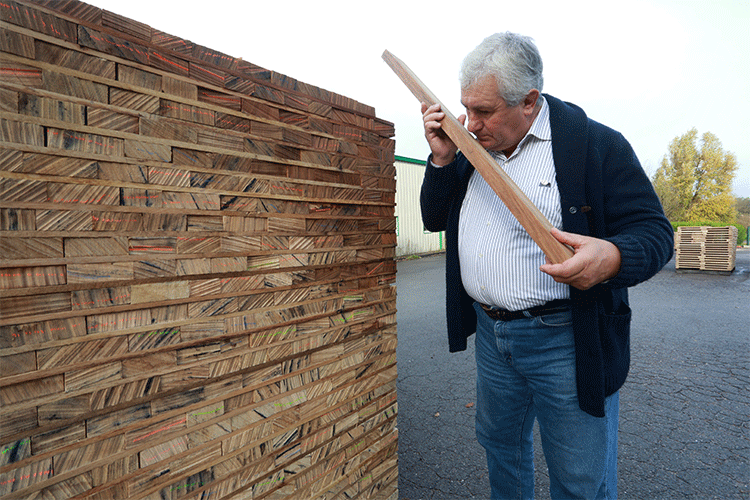
Anson on Thursday: Jess Jackson’s oaks
Cut to the late 1980s, and Jess Jackson, founder of Kendall Jackson in 1982 and already eight years later one



